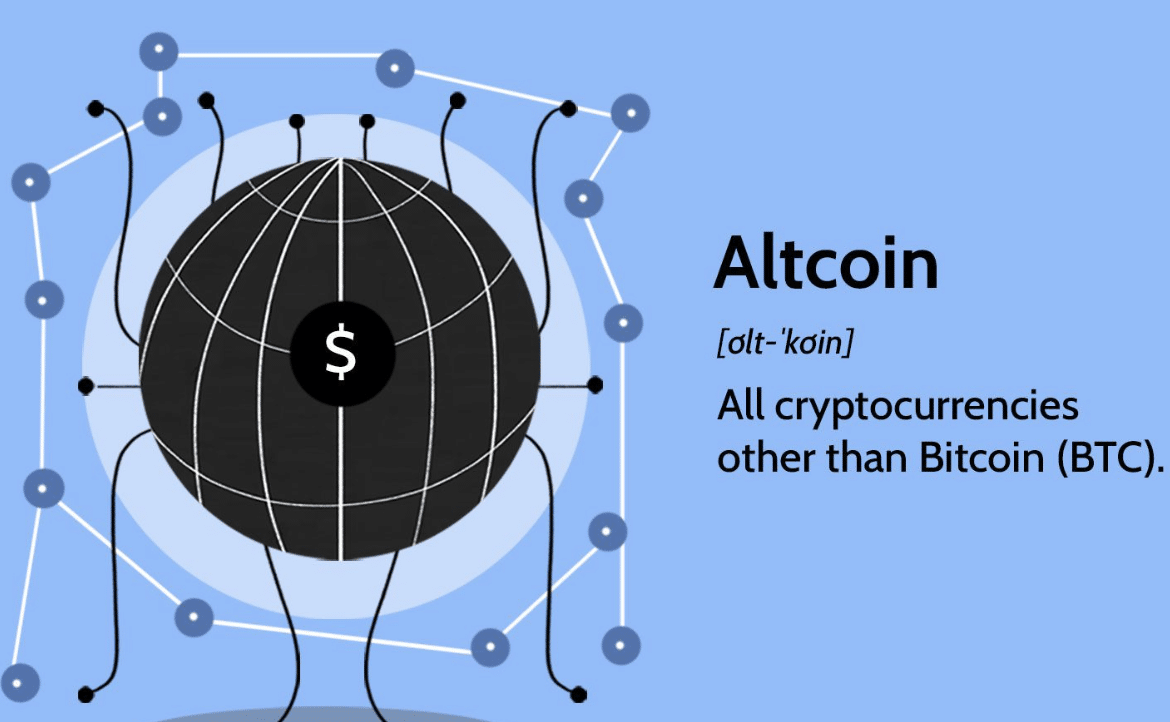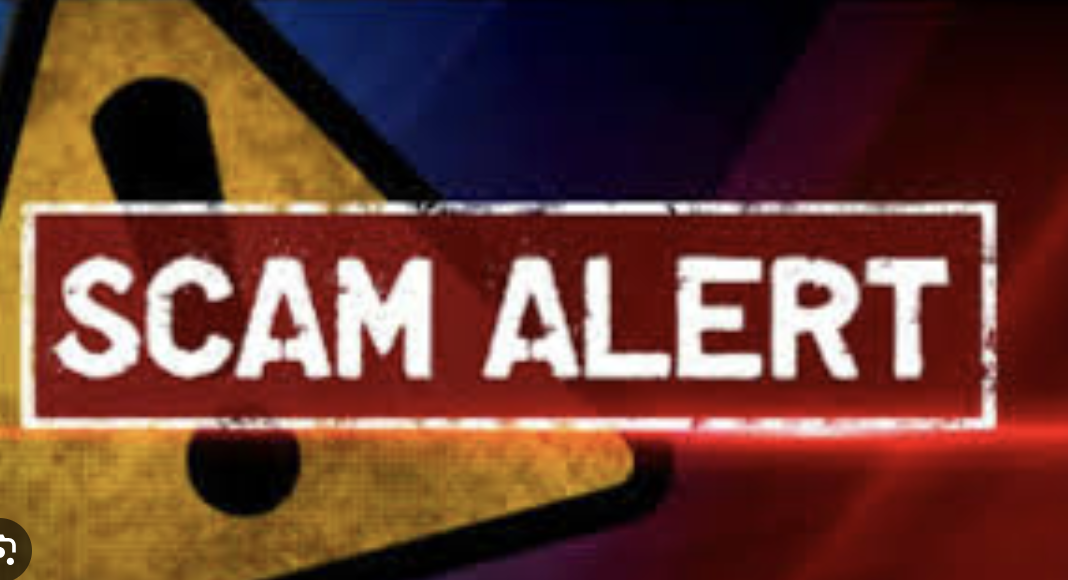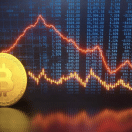Exploring the Feasibility of Tracking and Retrieving Stolen Altcoin
Altcoins, alternative cryptocurrencies to Bitcoin, have gained significant popularity in recent years. However, with the rise in their adoption, incidents of altcoin theft have also increased. This raises the question of whether it is possible to recover stolen altcoin once it has been illicitly acquired. In this article, we will delve into the challenges associated with tracking stolen altcoin and explore the potential avenues for recovery.
Tracking Stolen Altcoin:
Similarities to Tracking Stolen Crypto:
- The tracking process for stolen altcoin shares many similarities with tracking stolen cryptocurrencies in general. Altcoin transactions are typically recorded on public blockchains, which provide transparency and the opportunity to analyze the movement of funds. These public ledgers can be used to track the flow of stolen altcoin and identify suspicious addresses.
Unique Characteristics of Altcoins:
- While altcoins share some features with traditional cryptocurrencies, they often have unique characteristics. Some altcoins may utilize different blockchain protocols, consensus mechanisms, or privacy features, making the tracking process more challenging. Additionally, altcoin transactions may occur on separate blockchain networks, which requires specialized tools and expertise to monitor and analyze.
Challenges of Recovering Stolen Altcoin:
Lack of Regulatory Framework:
- Altcoins operate in a relatively nascent and evolving regulatory environment. The lack of comprehensive regulations specific to altcoins poses challenges for law enforcement agencies and legal entities to pursue and enforce recovery efforts. The absence of clear guidelines may hinder the recovery process and deter individuals from seeking legal recourse.
Pseudonymous Transactions:
- Similar to cryptocurrencies, altcoin transactions often rely on pseudonymous addresses rather than revealing the true identities of the parties involved. This anonymity complicates the process of tracking stolen altcoin, as the tracing of funds becomes arduous without additional information or cooperation from the individuals or entities involved.
Decentralized Exchanges:
- Altcoins are often traded on decentralized exchanges (DEXs), which operate without a central authority. These platforms enable users to trade altcoins directly, further complicating recovery efforts. Unlike centralized exchanges that may have stricter know-your-customer (KYC) protocols, DEXs may have less stringent identity verification processes, making it harder to identify and trace individuals involved in altcoin theft.
Recovery Avenues and Measures:
Collaboration with Exchanges and Platforms:
- Establishing cooperation between law enforcement agencies, regulatory bodies, and altcoin exchanges and platforms is crucial for increasing the chances of recovering stolen altcoin. By implementing robust KYC and anti-money laundering (AML) procedures, exchanges can help prevent stolen altcoin from being converted into other assets or fiat currencies. Timely reporting of suspicious activities to authorities can aid in the recovery process.
Blockchain Analytics and Forensics:
- Advanced blockchain analytics tools and forensic techniques can play a vital role in tracking stolen altcoin. These tools employ data analysis, pattern recognition, and machine learning algorithms to analyze blockchain transactions and identify suspicious patterns. Blockchain forensic companies can provide valuable assistance to law enforcement agencies by tracing the movement of stolen altcoin and providing evidence for legal proceedings.
Public Awareness and Education:
- Raising awareness among altcoin users about the risks of theft and the importance of security measures is crucial for prevention. Educating users on best practices, such as using secure wallets, implementing two-factor authentication, and being vigilant against phishing attempts, can significantly reduce the likelihood of falling victim to altcoin theft. Prompt reporting of incidents can aid in initiating recovery processes and minimizing the impact of the theft.
Conclusion:
Recovering stolen altcoin presents unique challenges due to the evolving regulatory landscape, pseudonymous transactions, and the decentralized nature of altcoin exchanges. While tracking technologies and cooperation between stakeholders, including exchanges, regulatory bodies, and law enforcement agencies, have improved the prospects of recovering stolen altcoin, it remains a complex and challenging process. Emphasizing preventive measures, raising public awareness, and fostering collaboration within the altcoin ecosystem are essential steps toward protecting altcoin holders and mitigating the risks of theft.






